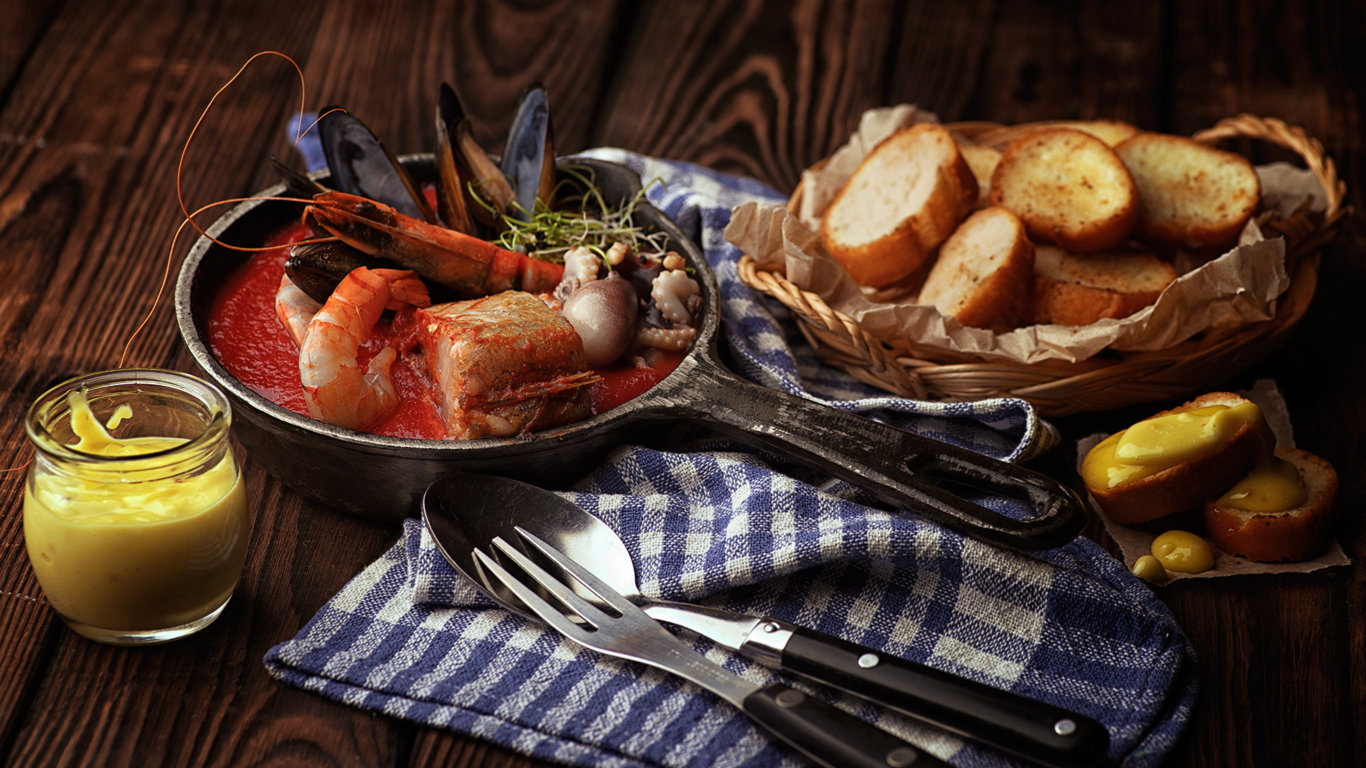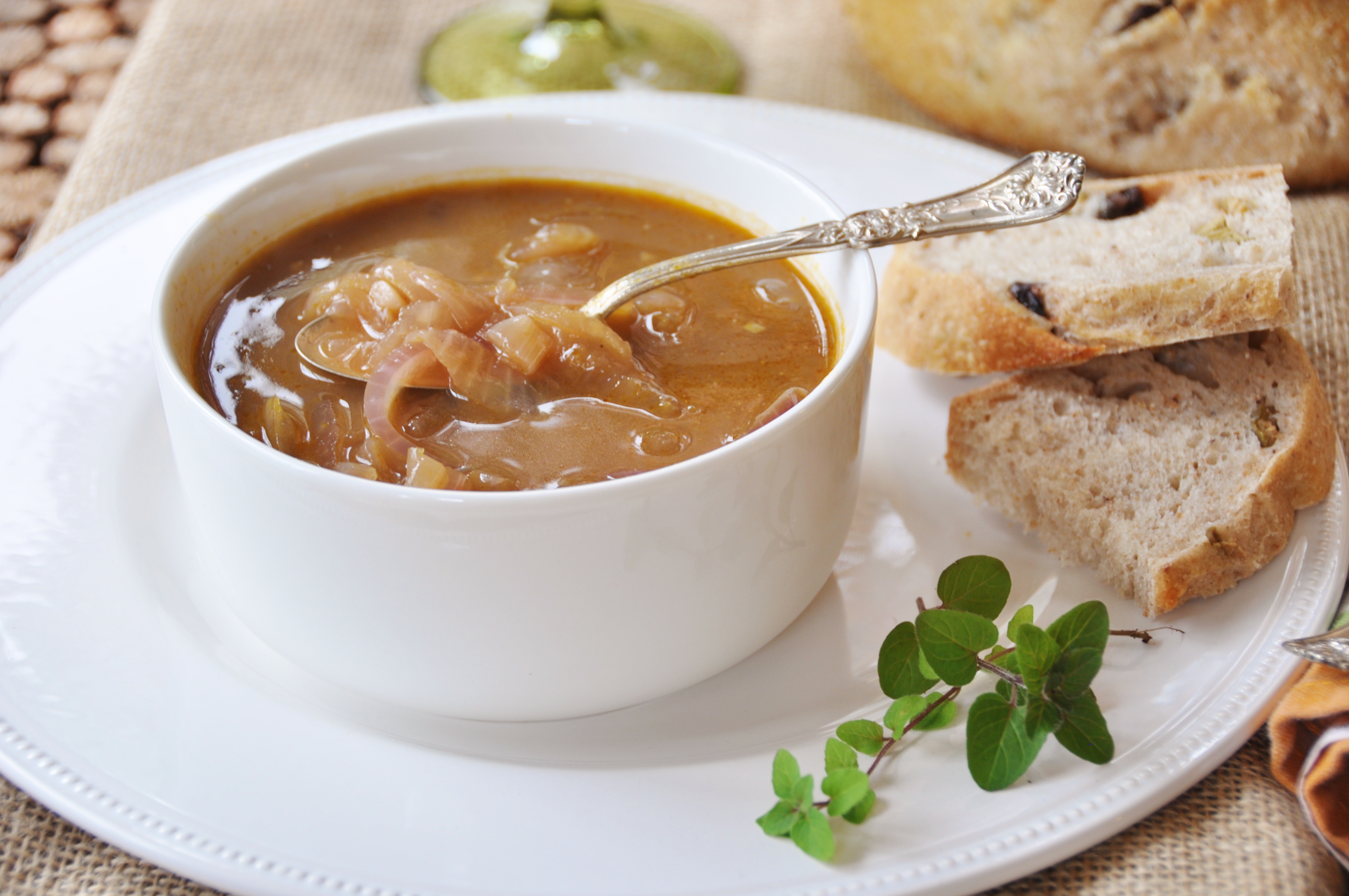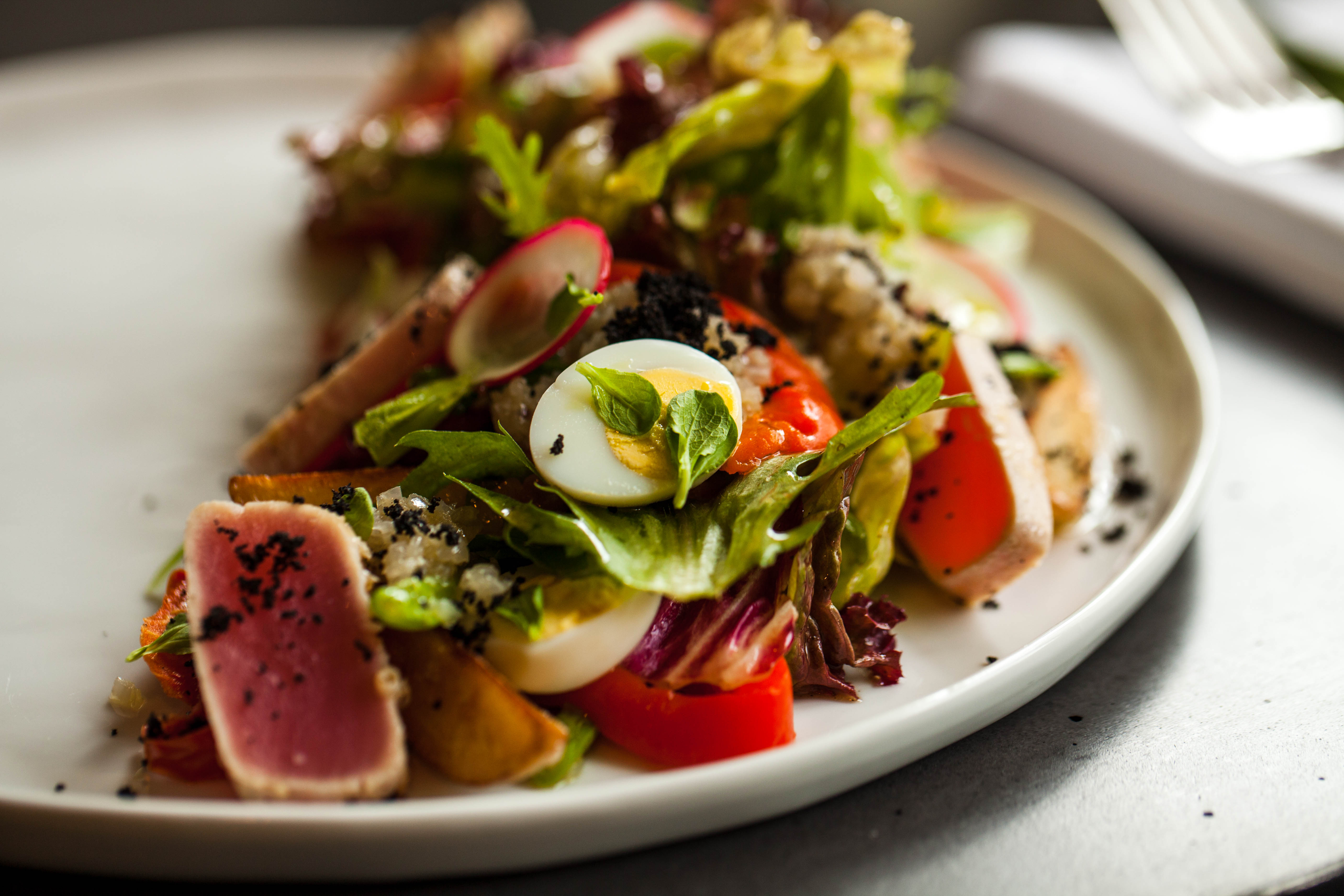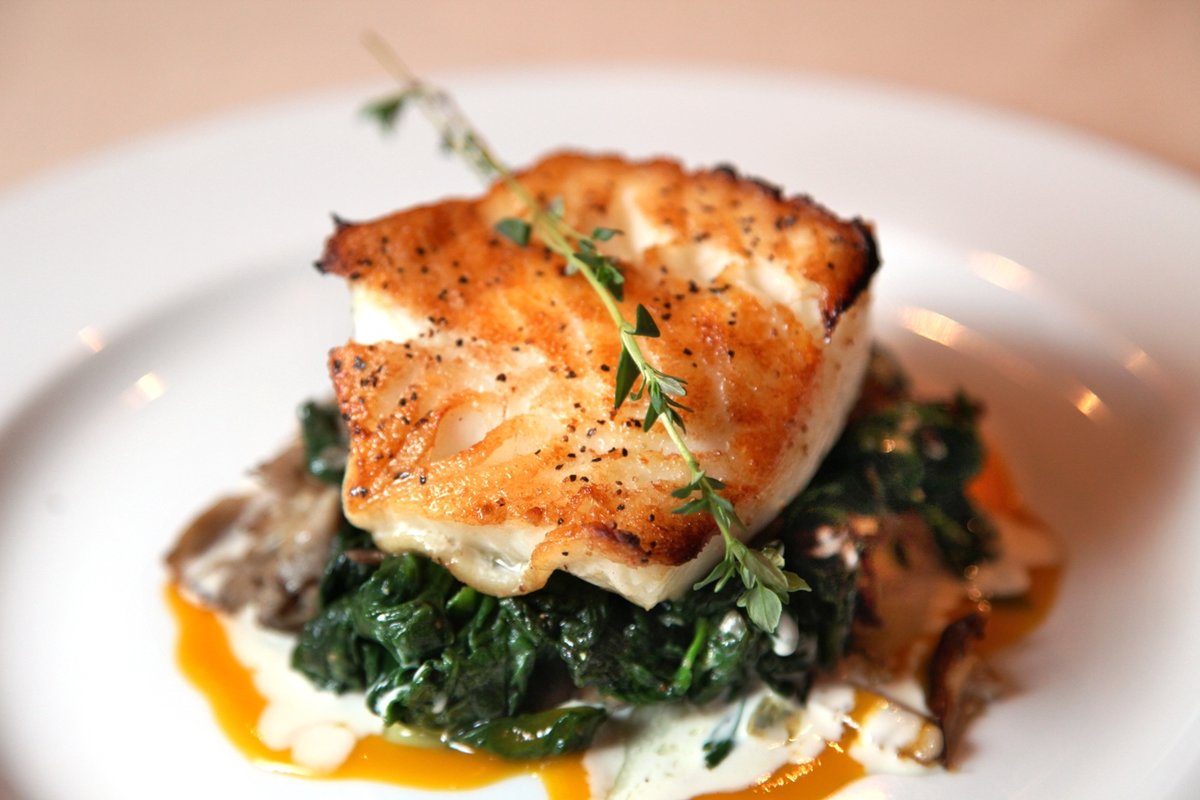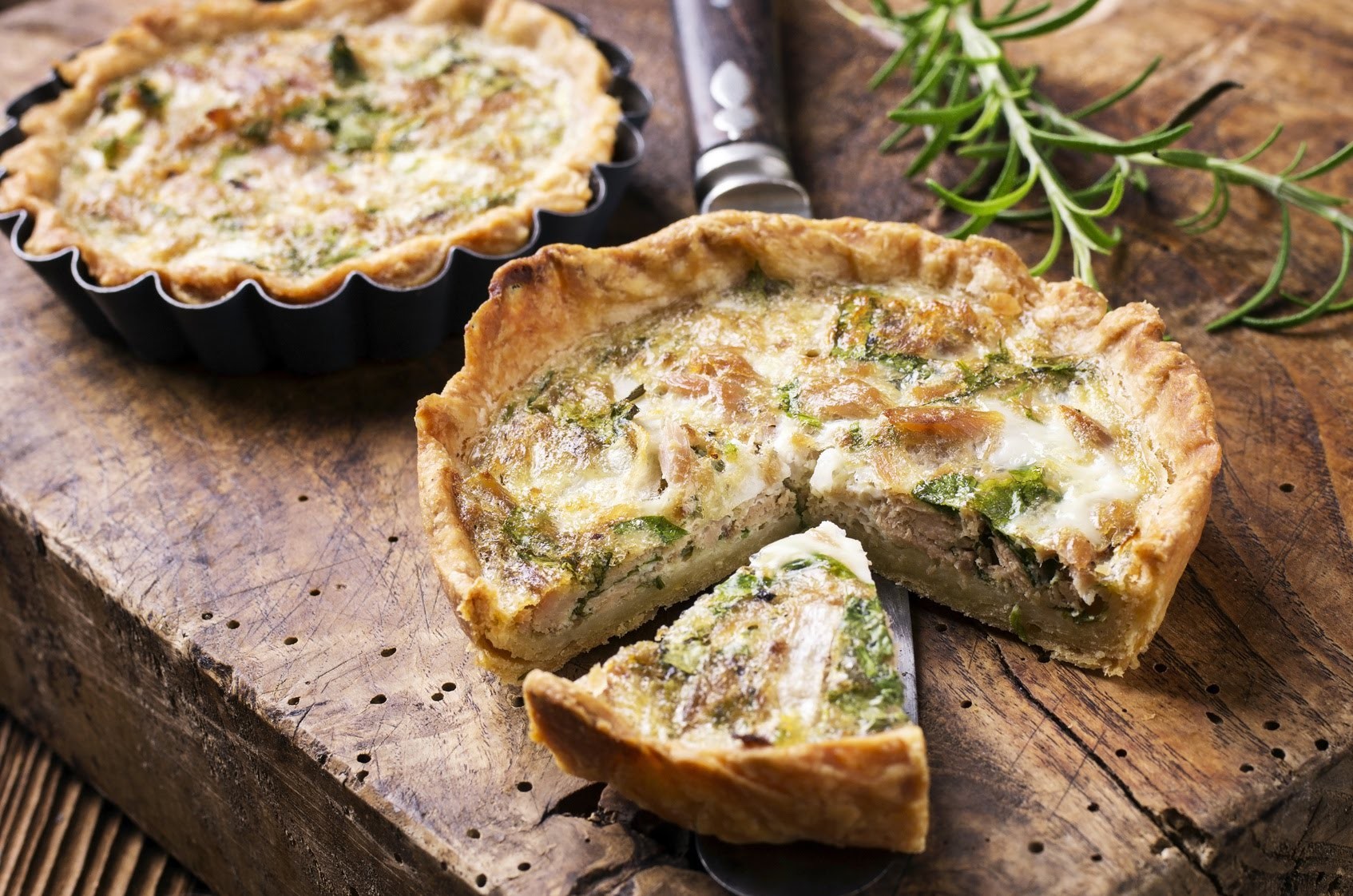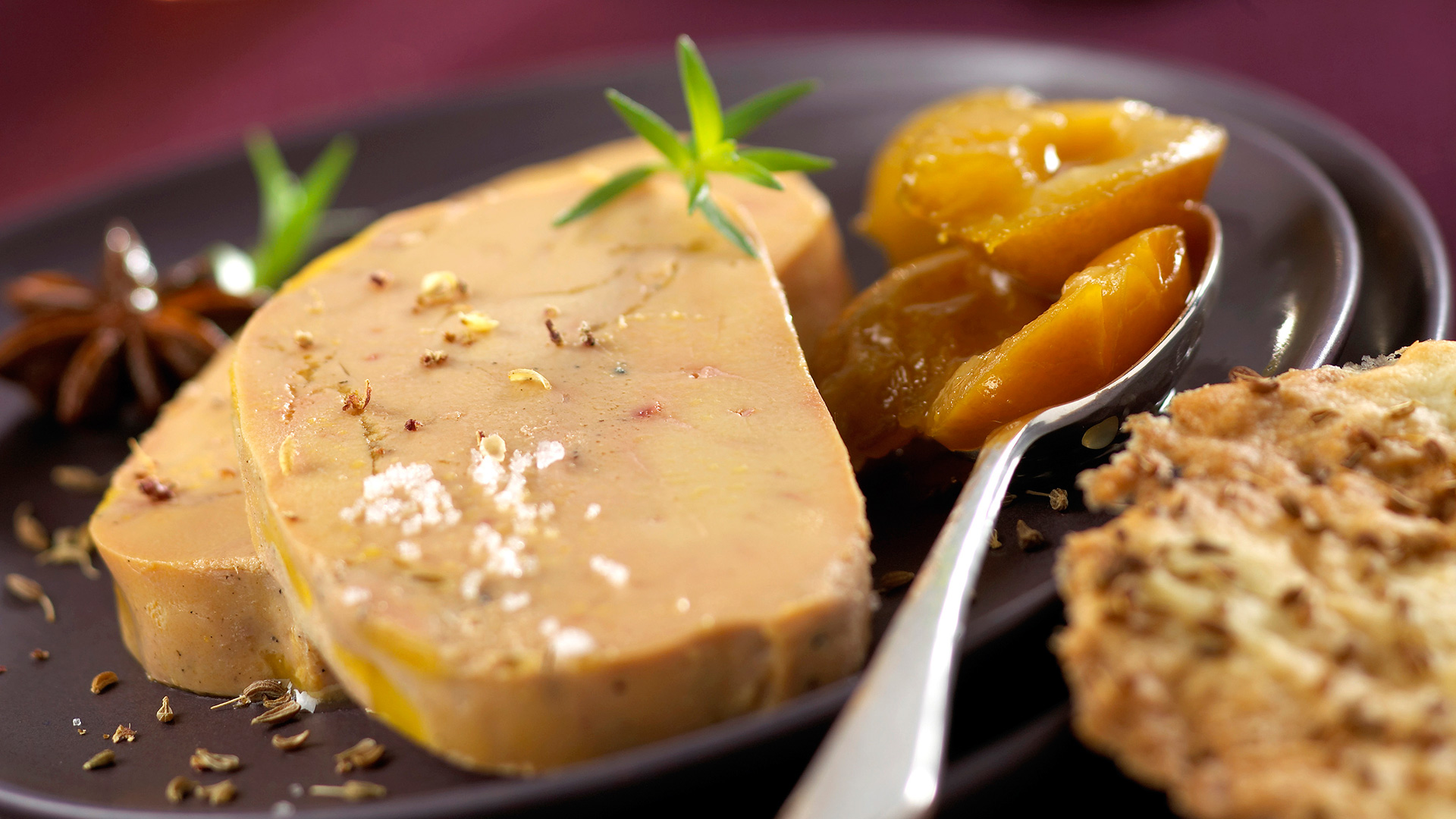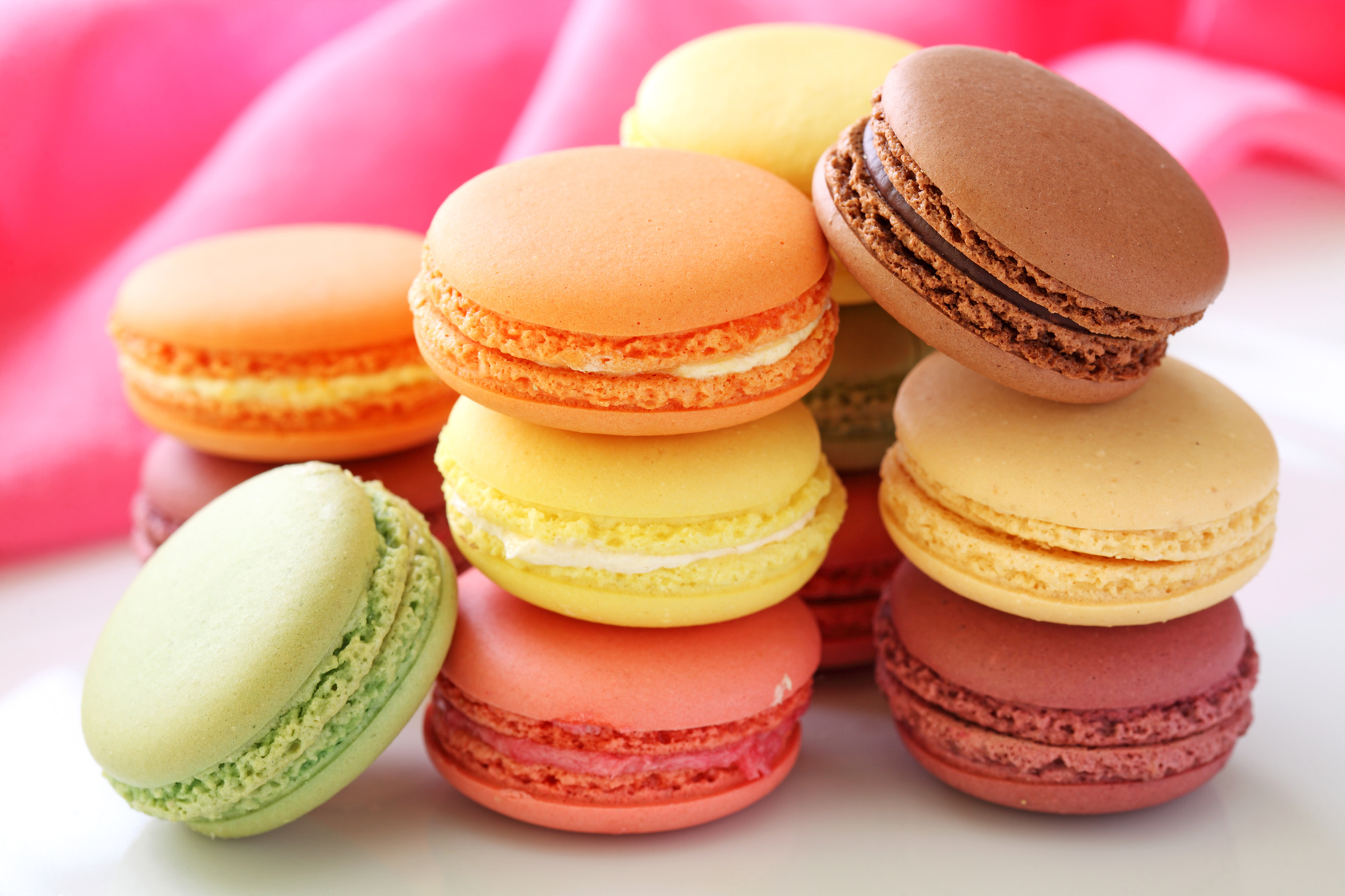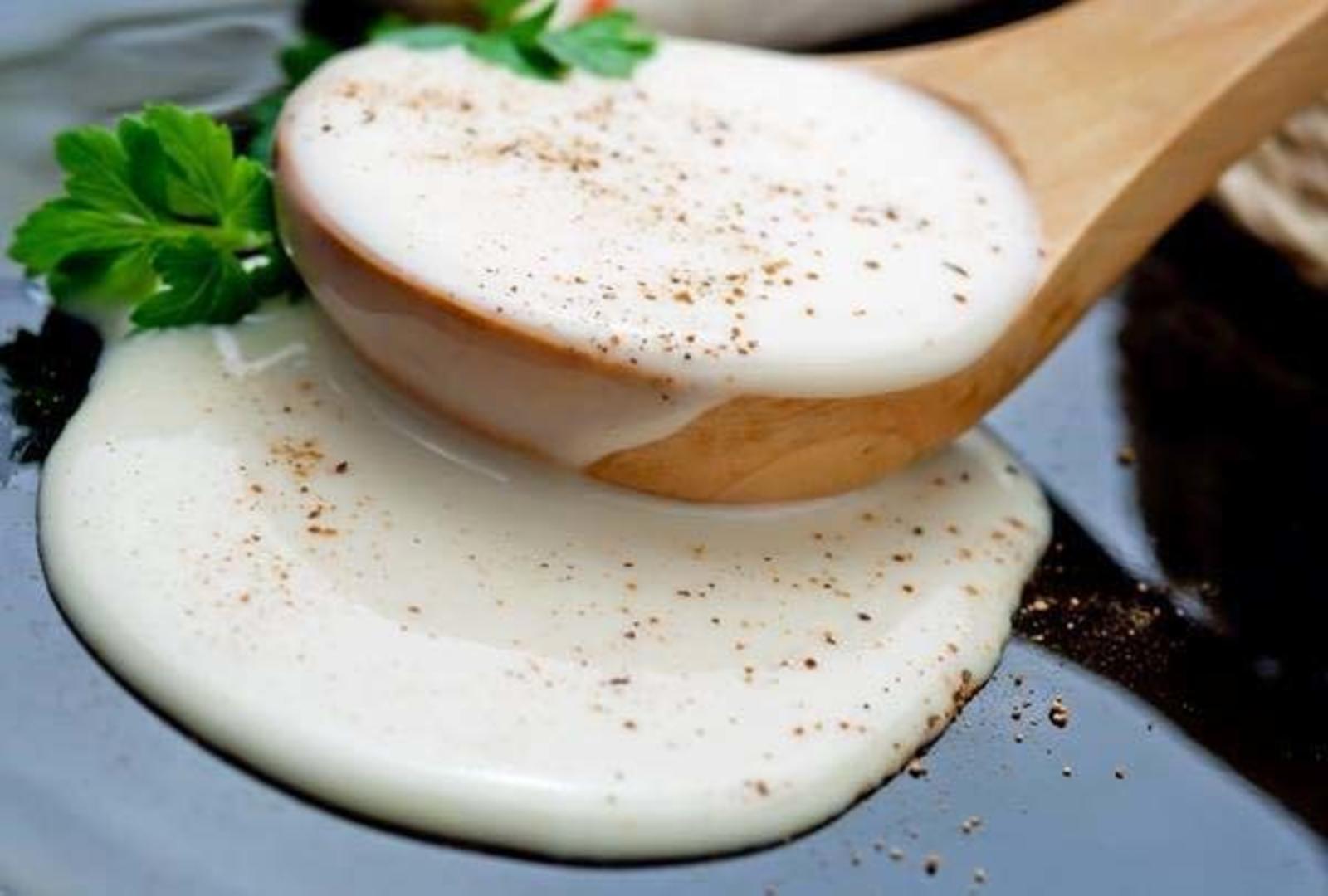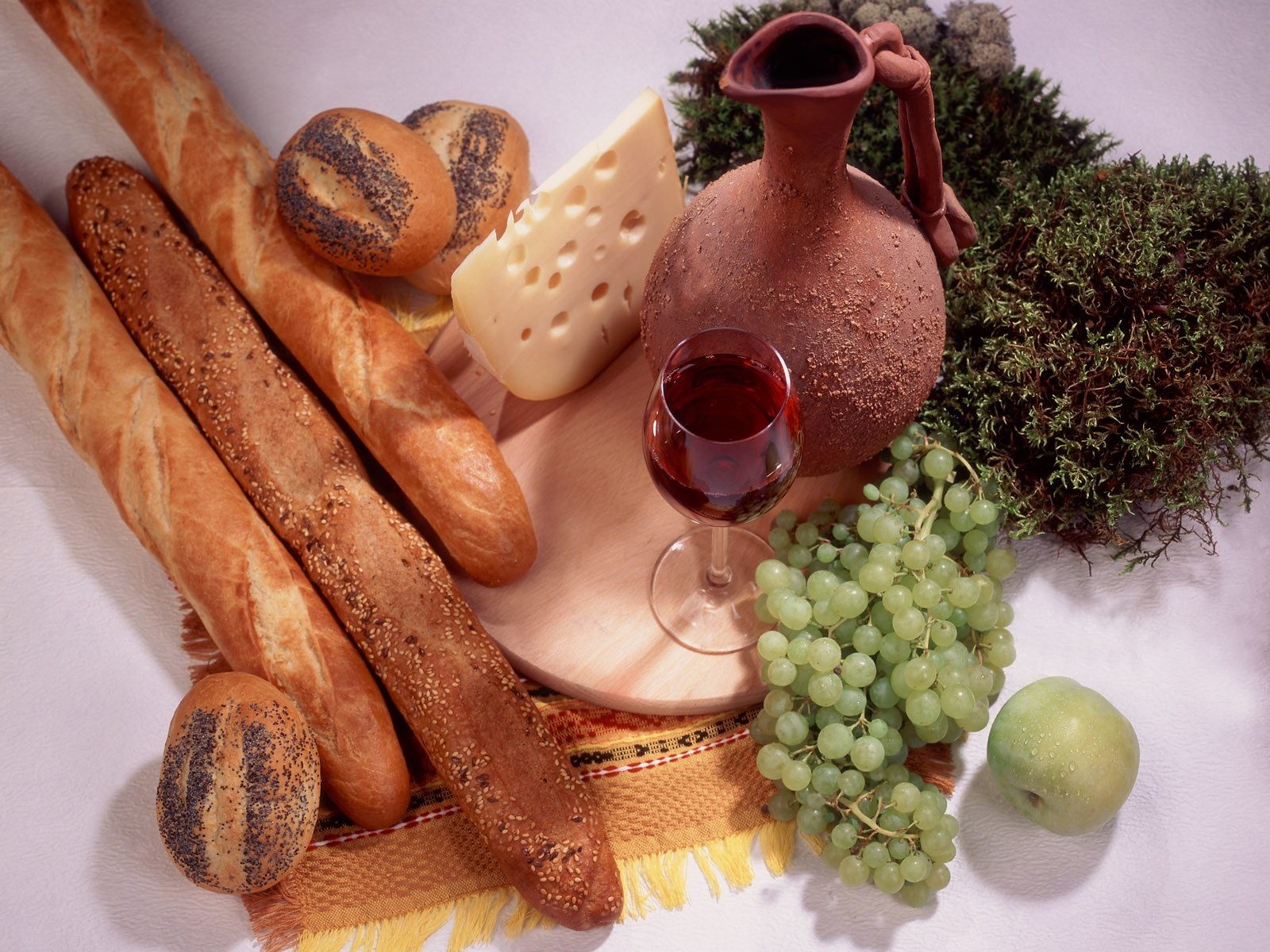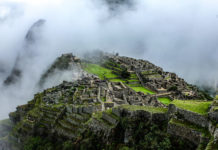French cuisine is famous for its brightness, variety and subtlety. The culinary experts managed to achieve such an extravaganza of taste through unlimited imagination and creativity. Gourmets from all over the world come to this country to plunge into a gastronomic paradise.
Material Content:
Traditions and features of French cuisine
Nowhere do they show such responsibility in relation to food, as in France. Its inhabitants consider cooking a separate art form, and the meal itself is not just a necessity, but an important meal. A similar situation has developed historically and dates back to the time of the kings. It was from there that the tradition of using unusual products and a special presentation went. This trend is still relevant today in expensive restaurants and in the kitchen of an ordinary housewife.
French cuisine is conditionally divided into three parts, each of which is important and loved in its own way:
- regional cuisine (cuisine regionale);
- national cuisine (cuisine bourgeoise);
- extremely fine cuisine (haute cuisine).
It is noteworthy that everyday food is no less valuable than that prepared in a restaurant. It was here that the now fashionable wording “haute cuisine” and the respected rating of Michelin Red Guide restaurants appeared.
Regional cuisine differs greatly depending on the territory. So, the Basque region, Provence, Gascony and Languedoc prefer to cook dishes with lots of spices, spices, onions, garlic. In Burgundy, on the contrary, in the process of creating a culinary masterpiece, dry red wine is used. A characteristic feature of Alsatian cuisine is the use of cabbage and pork in dishes.Inhabitants of coastal regions will surprise with a large quantity of seafood (as a rule, these are fish, shrimps, lobsters, lobsters and crabs).
If you compare French chefs with nearby European neighbors, the former use at least dairy products in their business. The only exceptions are cheeses known throughout the world. They will be served together with green salad before the dessert. French cuisine is also famous for its many sauces for every taste. According to various sources, they number about 3,000. A good choice, right?
The most famous dishes of France
Among a number of popular dishes in France, it’s not so easy to choose the most unusual, delicious and worthy, but still we will try.
First meal
Many dishes of French cuisine in the old days were considered food for the poor, and only over time were appreciated and migrated to elite restaurants.
One such treat is onion soup. It is prepared on the basis of meat broth (preferably beef) with the addition of a large amount of onion, as well as cheese and crunchy croutons. Why rich French used to neglect this delicious hearty dish remains a mystery.
No less popular soup of this people is bouillabaisse. This is a kind of Marseille ear, which has now become the pride of Provence. This chowder appeared in the circle of fishermen. Having sold the catch, they made their own dinner from modest leftovers. But to everyone's surprise, the broth turned out to be very saturated. Today, bouillabaisse is prepared in several stages, adding more and more large fish during the cooking process. It is believed that the more marine components in the soup, the more vivid and excellent its taste becomes. The classic ingredients are:
- sunflower;
- gurnard;
- sea scorpion.
Thick and satisfying champignon soup puree has not lost its relevance since the time of aristocrats. An inconspicuous at first glance, the first dish has become a favorite treat of all, regardless of age or social status. In addition to the true French mushrooms, fat cream and a little flour are introduced into the puree. A rich meat broth is taken as a basis, and nutmeg, garlic, thyme, pepper are excellent as spices. Rings of raw or pickled onions and slices of champignons serve as decorations. Mousse treat is served in combination with crackers.
The coastal areas of France are famous for their ability to cook dishes of all kinds of seafood, and shrimp is no exception. On their basis, another unique culinary miracle is created - a biscuit with a pumpkin. Such an unusual combination will not be found anywhere. First of all, shrimps are fried in wine, then celery, onions, broth and spices join them. At the next stage, the soup is mixed with pumpkin puree, cream and boiled a little more. Both smell and taste are such that you lick your fingers.
Snacks and salads
Ratatouille is not only the name of the children's cartoon, but also an exquisite French hot snack. It includes a variety of vegetables: peppers, onions, eggplant, zucchini, tomatoes. Some people like to add garlic, as in the classic version of 1778. All products are cut into rings, poured with tomato sauce. The modern modification of the dish also implies the presence of cream cheese on top of the dish.
Oven-baked ratatouille is considered low-calorie because it does not contain any fatty ingredients except a small amount of olive oil.
An interesting fact is that French tales describe how witches from frogs and mice prepare ratatouille. A creepy story ...
The success of Nicoise salad is in an amazing combination of all the ingredients. Of course, in an effort to please the guest, restaurant chefs create many variations of this dish, adding to it all new unexpected ingredients. But still, the classical method is the most popular.It implies the presence of such products:
- salad;
- eggs
- Tomatoes
- anchovy fillet;
- tuna in oil;
- olives;
- pepper;
- onion;
- Beans
For dressing, mix lemon juice, olive oil, chopped garlic, basil leaves and wine vinegar. As a result, the salad turns out to be incredibly colorful, varied and mouth-watering.
There is another truly French salad, which at first glance may seem quite unusual. But having tried such a meal at least once, you risk becoming his fan for life. Some people call it a “beauty salad”, since the composition of this dish includes exclusively useful components, which positively affect the condition of the skin, hair and nails. But enough intrigue, we will finally reveal the secret of its preparation. The French use such a peculiar mix:
- fresh grapes (dark and white);
- cashew nuts;
- arugula salad;
- blue cheese (blue);
- greens (oregano, thyme, mint).
This dish is seasoned with a light mixture of lemon juice and olive oil.
Oysters and snails are something you should definitely try visiting France. But what if you prepare this sophistication at home? Why not. The only thing that is recommended to those who wish to restore this gourmet magnet in their own kitchen is to try it in a good reputable restaurant to start with. They will definitely tell you how the French use oysters. Some people prefer to water the clams with lemon juice, while others take them in their original form - everything, as they say, is an amateur.
Fish recipes
In the central regions of France, classic rabbit, chicken and calf meat fricassee are made. Variations of pigeon, pork or lamb are more rare. And the inhabitants of the coastal territories tried to create an exquisite fish fricassee, and were not mistaken. Since the name of the dish translates as “all sorts of things," several types of seafood are added to it at once and thereby make the taste of the treat rich and full.
Tenderness to the meat gives a soft sauce, which is prepared from cream, eggs, vegetables, mushrooms and aromatic seasonings. As a side dish, boiled rice is considered the most suitable for fricassee. He is able to reveal all the tenderness of the French dish. For an effective presentation, cooks choose fried shrimp or lemon wedges.
Delicious pike dumplings with Nantua sauce are served in Lyon, which became, in fact, their homeland. This delicacy is somewhat reminiscent of familiar fish cakes, but only more sophisticated. Forcemeat for this dish is created by mixing boiled pike fillet, butter and eggs. The whole delicacy of the dish is in the complex Nantua sauce. For it, you need to prepare much more components than for the cutlets themselves: these are carrots, onions, and fennel, olive oil, brandy, dry wine, flour, cream and other products. Often, the same mouth-watering shrimp is used to decorate this treat.
The dorada fish, common in the Mediterranean Sea, has become a frequent guest on the tables of the French. They learned how to cook it in a special way, so that you can’t confuse it with anything.
Culinary specialists divide the carcass in such a way that the main part of the fish is fried in wine, and a sophisticated Cooley sauce is prepared from the head and frame. Such delicacies can be served with gratin from zucchini, leek and Parmesan. What is not a sumptuous French dinner?
Meat Dishes
Dishes of French cuisine are pronouncedly different from the Slavic ones familiar to us, but the cassule is a bit reminiscent of the familiar notes of stew. It consists of pork, beans, lard, sausages, onions, carrots, tomato paste and a large number of spices. Among them, cloves, garlic, thyme, parsley, bay leaf, pepper. The treat is baked in a special pot called cassole. This method of preparation allows you to save nutrients, retain juice and aroma.
Kish is a classic meat dish of the French people. It is an open pie, or, as the French themselves say, tarte.For its base, chopped dough is used, for the filling - smoked brisket (sometimes in combination with vegetables, fish or other types of meat). Before baking, the filling is poured with a nutritious sauce, which consists of eggs, Gruyere cheese (as standard) and cream (can be replaced with milk).
Quiche is very satisfying and high-calorie, so one or two slices are enough to eat. Such a pie can become the main dish of the festive table or dinner for the whole family.
Less calorie, but very tasty dainty galantine was supposedly invented by hunters, as recipes for this dish using game meat are often found. In alternatives, lean chicken, rabbit, veal, or pork are used. The meat is ground into minced meat, combined with spices and beaten eggs. This mixture is molded under a press and steamed.
One of the most famous delicacies that has already won many hearts is foie gras. Despite the complex name, for its preparation, simple products such as:
- fat goose liver;
- mushrooms (ideally truffles);
- cognac.
Some recipes also use Madera. This is a relatively young dish. He is only about 200 years old. An interesting fact is that some countries have banned serving this dish on their territory. And all because in order to increase the liver in the animal, it is overfed. This leads to terrible consequences: tumors on the neck, internal bleeding, ruptures of the abdominal cavity. Many animal protection organizations advocate the exclusion of foie gras from the menu, and it is difficult to disagree with them.
Today, frog legs can afford to include in the menu only the most expensive and fashionable establishments. And once upon a time people began to eat them because of extreme poverty and poor diet. The processing and preparation process is long and complicated, but the result is worth it. The meat of the frogs is soft and tender, in taste it resembles chicken. But not all species of these amphibians are suitable for eating, but only those that are close to complete extinction. And here zoodefenders did not remain indifferent - they have achieved many bans and a significant reduction in the number of restaurants treating such a delicacy.
Dessert
The symbol of French breakfast is a hot fresh croissant made from puff or yeast dough.
But, oddly enough, not the French have the original recipe for this treat. After the clutches by the Ottomans of the city of Vienna, many bags of oriental coffee remained in the city. One of the local confectioners came up with the idea of selling this drink along with crescent-shaped pastries. This outline carried the deep meaning of victory over the Ottoman army. Only after decades, the croissant was improved and distributed in France. It had various fillings: chocolate, condensed milk, jam and others. Traditionally, dessert is served with coffee, tea or juice.
Meringue is a delicate sugar-based dessert. The name of this treat is translated as “kiss”, and it is justified. The taste of this sweetness resembles those vivid sensations when you first touch the lips of a loved one. As a binding material for sugar, one of these products is used:
- egg whites;
- corn starch;
- cream of tartar.
As a seasoning, almond extract, coconut extract or vanilla can be served with meringue.
Macaron (macaroon) was created in Italy, but, like a croissant, became a real favorite of the French. This light and delicate cookie, which has a thin crispy crust and a characteristic croûtage skirt, was appreciated by Queen Marie Antoinette. She even named her beloved cat in honor of this dessert. The process of making macaroons is quite complicated and has been kept a secret for a long time.Now this unusual cookie can be bought in many pastry shops, whose assortment is growing every year.
Note to tasters: usually by the color of this baking you can determine its relish. A brown hue indicates the taste of chocolate, greenish indicates pistachio, and purple indicates berry.
Profiteroles are small choux pastry. As a filling, both sweet and salty additives are usually used, namely: custard, chocolate, meat, mushrooms and so on. The size of these buns is tiny - less than 4 cm, but its palatability is magnificent. Profiteroles can be served as a separate dessert or as a broth supplement. What is noteworthy, from these products in the literal sense they build a high festive Crokenbush cone.
French sauces
Features of French cuisine are such that almost half of the dishes prepare one or another sauce. There are more than three thousand of them, and this is serious. The inhabitants of England began to joke about this: when in England there are three types of sauces and three hundred and sixty different religions, then in France there are three types of religion and three hundred and sixty recipes for all kinds of sauces. Consider the most popular of them.
Bechamel sauce is best known as a component of lasagna. In it, it thickens, becomes viscous and serves as a bonding material for all layers of the dish.
Dressing sauce is prepared on the basis of butter, milk, flour, hard cheese. Mandatory spices are nutmeg and garlic, but salt, pepper and parsley are added to taste.
In our region, the word “vinaigrette” is associated with a light vegetable dish of beets, carrots, potatoes and cucumbers. But in France, Venigret is a fully-fledged dressing. It is served with stewed and boiled fish, salads from the leaves of a lettuce salad. It is believed that such a vinegar-oil mixture was appreciated by the ancient Egyptians. In the classic version, the ratio is 1: 3, respectively. If desired, mustard, sugar and salt can be added to the sauce.
National drinks
Speaking of what the French love to drink, one cannot but mention their insatiable thirst for water. They use it in large quantities, take it with them for a walk and on business. And this is a very correct position, because the world's leading doctors recommend drinking at least 1.5 - 2 liters of clean water per day.
The second most important drink is coffee. It is drunk both in the morning with a crispy croissant, and in the evening on a romantic date. But tea in the homeland of Napoleon for some reason is not at a premium.
Another drink respected by the people of France is hot chocolate.
There you can meet him in the most daring and unexpected modifications. For example, one Parisian coffee serves hot chocolate with fresh oyster mousse. A rather specific combination.
Saturated fruit or berry syrups are also in great demand among the inhabitants of this country. Such concentrates are bred in water and sold in restaurants, bars, shops. The leading manufacturers of this drink include the Monin and Routin brands.
Of the alcoholic drinks, the French prefer champagne, beer, cider, various cocktails and, of course, wine, which has become the property of this people and one of the central agricultural products.
National Products
Winemaking is one of the most patronized industries in France, because it not only brings huge income, but also raises international authority. Almost all over the country there are young and old wineries, each of which has its own production technology.
French wine has become a benchmark for the quality of this product also because local winemakers vehemently oppose gene modification.
On the basis of this alcoholic drink, many culinary masterpieces are created. In restaurants, mainly meat of wild and domestic animals is served with red wine, and tender creamy fish and seafood - with white.
Many national dishes in France contain various types of cheeses. This tradition has not developed in vain, because this country is one of the largest importers of these products. Around 400 varieties of cheese are sent to various parts of the world annually. The most popular of them are:
- Brie cheese;
- Camembert;
- Roquefort (blue cheese);
- Cantal;
- Saint Nekter (spicy cheese);
- Reblochon;
- Kerr de chevre.
In addition, the French occupy a leading position among suppliers of cereals (mostly wheat), butter, beef and other livestock products.
France is an interesting and multifaceted country, which can be known only after living in it for many years. But you can even touch on its high culinary traditions in your own kitchen. To do this, just select the most impressive dish and start comprehending new recipes.


